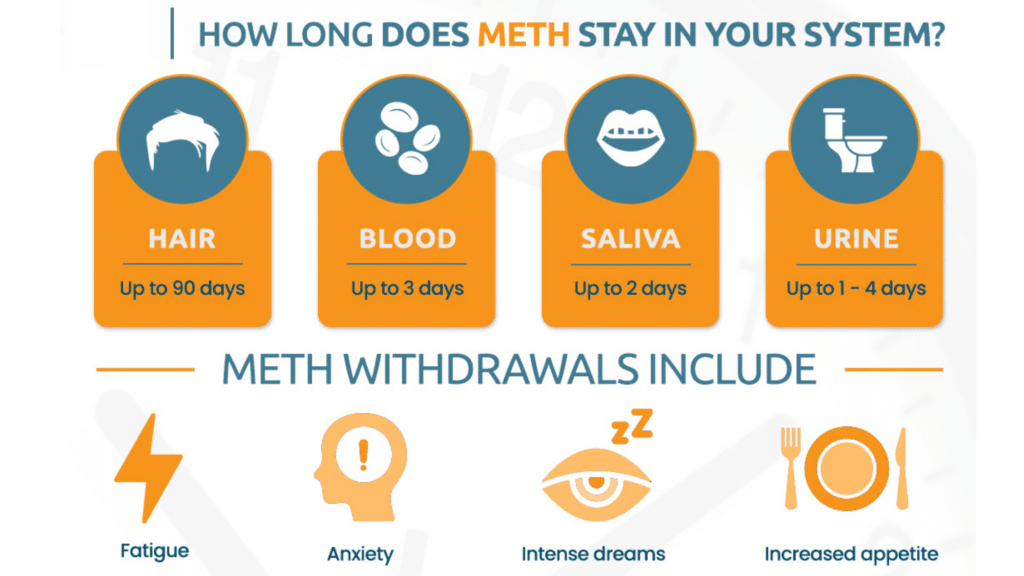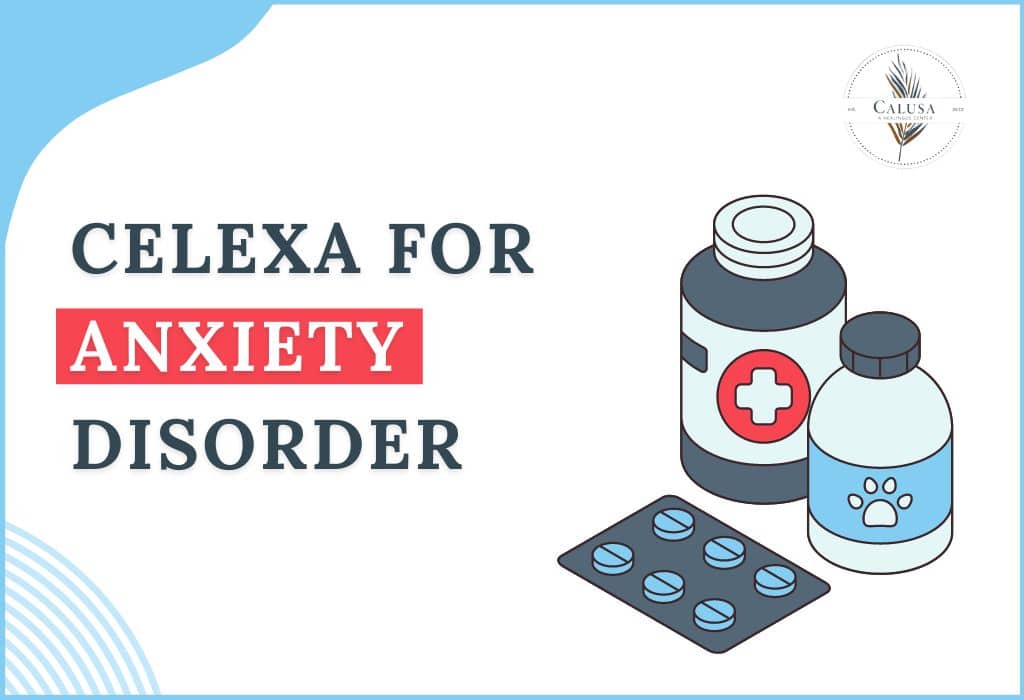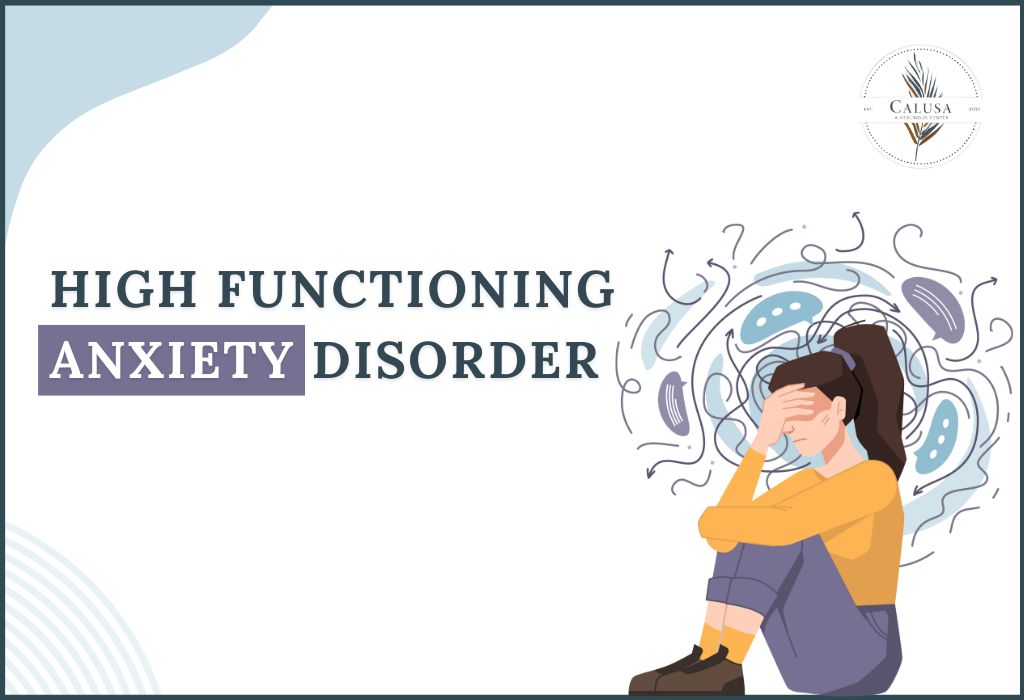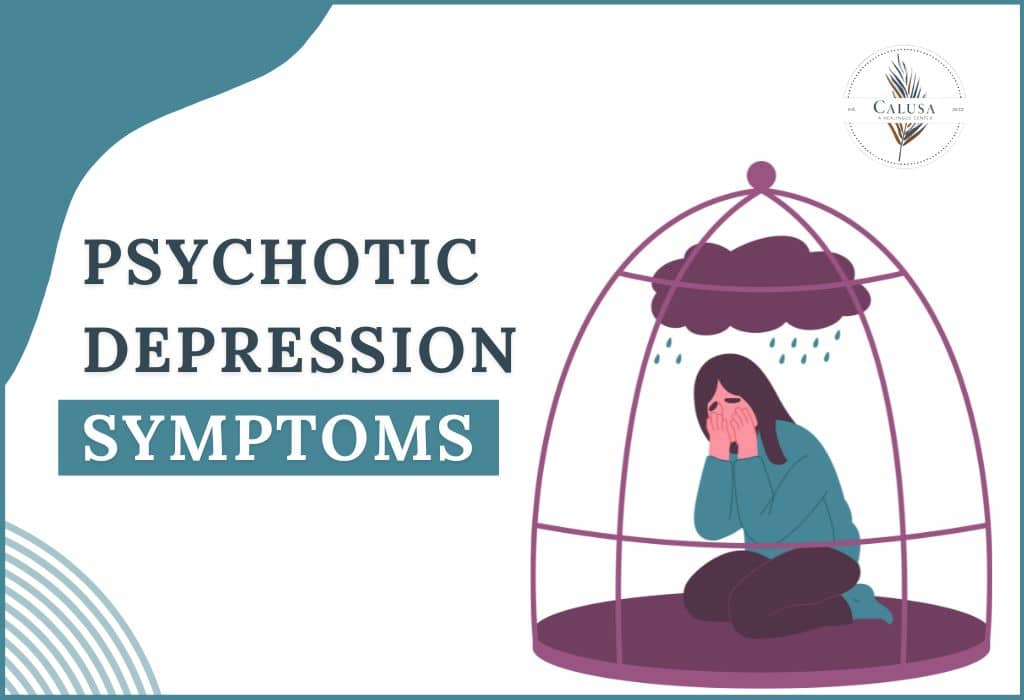Embarking on the journey to recovery from methamphetamine addiction can be a challenging and life-altering decision. As you prepare yourself to face the uphill battle, it is crucial to equip yourself with a comprehensive understanding of what lies ahead. Methamphetamine withdrawal is a complex process that involves a range of physical and psychological effects, which vary in intensity and duration from person to person.
In this article, we will delve into the intricacies of methamphetamine withdrawal, exploring its effects, stages, and the necessary support systems one should seek during this challenging time. By shedding light on this often misunderstood topic, we aim to provide valuable insights for those battling addiction, their loved ones, and even healthcare professionals who encounter such cases.
From the initial crash to the subsequent stages of withdrawal, we will uncover the physical and emotional toll that methamphetamine withdrawal can have on individuals, while also highlighting the importance of seeking professional support and guidance. By understanding the withdrawal process, we can empower ourselves with the knowledge needed to navigate the road to recovery. It is estimated that around 12.3 million people in the US have tried crystal meth at least once and 600,000 are weekly drug users mainly. Now let’s talk about – Methamphetamine Withdrawal.
Join us as we unravel the intricacies of methamphetamine withdrawal and discover the critical steps to a healthier, addiction-free life.
What does methamphetamines look like?
Sadly, not many people are familiar with the precise appearance of meth. This is so that it can be found in a variety of shapes and hues. Meth is sold in a variety of forms, so its appearance is never fixed. It is commonly found in two forms: meth crystals and powder form. This is also found in less common formats like waxy and liquid meth bases, pills, and capsules. Pure meth is colorless in nature but the consumable drug has a transparent, white, or off-white texture.
Various forms of methamphetamine
Crystal Meth
The majority of people have probably heard the term “crystal meth.” Crystal meth appears as shiny glass fragments or as rock salt. Most people smoke it or inject it intravenously. It contains only powdered meth. The powder is transformed into a potent crystal form, providing the user with a strong high, and increased energy. To make this type of meth, the powder is dissolved in a solvent like acetone or denatured alcohol. This mixture evaporates, leaving behind crystals that are translucent, whitish, or chunky with a blue hue. You would see this crystal encircling the perimeter of your cooking pot.
Powdered Meth
Meth powder is easily accessible and commonly used. It can be snorted or dissolved in water and alcohol due to its solubility. Additionally, it can be ingested through injection. Meth powder typically has one of three colors: white, off-white, or even light brown.
This explains why it typically has an appearance similar to cocaine or chalk dust. The material and substance used have a major influence on the substance’s color. For this reason, meth comes in a variety of colors, including red, yellow, pink, green, blue, and so forth.
Meth Tablets
The fact that meth is also prescribed as a medication may surprise you. There is a prescription drug that contains methamphetamine, but it is sporadic. Desoxyn is the brand name for it (methamphetamine hydrochloride). Desoxyn is a medication used to treat obesity and ADHD. This stimulant can be used as a substitute for comparable and more often prescribed medications like Adderall or Ritalin. It comes as no surprise that people frequently abuse and illegally purchase these tablets to get high. These pills come in little orange-reddish or green pill forms.
Liquid Meth
The restrictions on drug trafficking have tightened, so smugglers are constantly searching for new ways to increase their output. They began dissolving meth in water and trafficking it in liquid form to emulate this. The appearance of liquid meth is brown, dark yellow, and slightly syrupy. It’s become popular among traffickers, usually stored in bottles. This version isn’t sold on the streets; later, it’s converted back to crystal or powder meth.
How long do methamphetamines stay in your system?

Meth is classified by US law as a Schedule II drug, and approximately 2.6 million people reported using it in the country in 2019. If we see an ideal meth withdrawal timeline, it takes approximately 4 days to leave the body and its half-life is around 10 hours.
How long methamphetamines stay in the body varies based on factors such as metabolism, how often they’re used, the quantity consumed, and the type of drug test. Here are general estimations for the detection times of methamphetamines in various testing methods:
- Urine Test: Methamphetamines can typically be detected in urine for 1 to 4 days after use. For chronic or heavy users, the detection window may extend to a week or more.
- Blood Test: Methamphetamines are generally detectable in blood for about 1 to 3 days after use. The time it takes can depend on things like metabolism and the person’s health.
- Saliva Test: Saliva tests can detect methamphetamines for a shorter period compared to urine and blood tests, usually up to 1 to 2 days after use.
- Hair Test: Hair follicle tests have a longer detection window and can reveal methamphetamine use for up to 90 days or even longer. However, hair testing is less common and typically used in situations where a longer history of drug use is of interest.
Methamphetamine withdrawal symptoms
Long-term addiction is also difficult to kick due to methamphetamine withdrawal symptoms. The powerful and extremely addictive stimulant methamphetamine has a significant effect on the lives of those who use it. When people decide to end their addiction to methamphetamine, they frequently encounter the difficult task of detoxification. The journey to sobriety becomes challenging due to various physical and psychological symptoms that emerge in this important stage of recovery.

In this investigation, we explore the complex terrain of methamphetamine withdrawal to shed light on the road ahead for individuals beginning their recovery and providing guidance for their support systems. Through knowledge of the complex signs and difficulties related to methamphetamine withdrawal, we hope to enable people to face this life-changing experience with hope and resilience. Come along on a journey to understand the nuances of methamphetamine withdrawal and learn the techniques that can open doors to a more promising future free from addiction.
When people try to quit meth, they may experience uncomfortable and sometimes dangerous symptoms and it usually has different phases such as those listed below:
Acute Withdrawal Phase
- Anxiety: You might experience heightened anxiety and restlessness.
- Depression: People may feel a great deal of hopelessness or sadness.
- Sleep disturbances: During this stage, insomnia and irregular sleep patterns are frequent.
- Enhanced Irritability: Emotional turbulence and irritability might endure or worsen.
Subacute Withdrawal Phase
- Mood swings that linger: Maintaining emotional stability may still be difficult if mood swings persist.
- Difficulties with cognition: People may struggle with memory, focus, and other cognitive abilities.
- Persistent Drug Cravings: Methamphetamine cravings might linger.
Protracted Withdrawal Phase
- Persistent Cravings: Some people may have cravings for a considerable amount of time.
- Emotional Difficulties: Mood swings and emotional difficulties could endure.
- Techniques for Handling Extended Withdrawal: Long-term coping techniques, such as continuing counseling and support, become essential.
What are the Physical Symptoms of Methamphetamine Withdrawal?
Methamphetamine withdrawal typically occurs in several stages, each with its own set of symptoms and challenges. Understanding these stages can help individuals anticipate what to expect and seek appropriate support. It’s important to note that the duration and intensity of each stage may vary from person to person.
1. Crash:
The crash phase occurs immediately after the last dose of methamphetamine. During this stage, individuals may experience extreme fatigue, increased appetite, and a deep sense of depression. Physical and mental exhaustion are common during this period, making it challenging for individuals to engage in daily activities.
2. Acute withdrawal:
This stage usually begins within a few days of discontinuing methamphetamine use and can last for up to two weeks. Symptoms during this stage may include intense cravings, anxiety, irritability, depression, and disturbed sleep patterns. Individuals may also experience physical symptoms such as muscle aches, tremors, and increased appetite.
3. Subacute withdrawal:
The subacute withdrawal phase typically occurs after the acute withdrawal stage and can last for weeks to months. During this stage, individuals may experience lingering symptoms such as depression, anxiety, and cravings. It is essential to seek ongoing support and professional guidance during this phase to prevent relapse.
4. Protracted withdrawal:
In some cases, individuals may experience protracted withdrawal, which involves extended periods of withdrawal symptoms that persist beyond the typical timeframe. This stage can be challenging and may require long-term support and treatment to manage the symptoms effectively.
What are the Psychological Symptoms of Methamphetamine Withdrawal?
Methamphetamine withdrawal can lead to various physical symptoms that can be distressing and uncomfortable. These symptoms can include fatigue, increased appetite, muscle aches, headaches, tremors, and sleep disturbances. The body’s readjustment to functioning without methamphetamine can cause physical discomfort, making it crucial for individuals to seek medical support to manage these symptoms effectively.
Fatigue is a common physical symptom during withdrawal, with individuals experiencing extreme tiredness and a lack of energy. Increased appetite is also prevalent, as the body tries to regain its balance and replenish nutrients. Muscle aches and headaches can occur as the body undergoes physical changes, and tremors may be present due to the withdrawal process. Sleep disturbances, such as insomnia or excessive sleepiness, can further contribute to the physical toll of withdrawal.
Effects of methamphetamine withdrawal
Methamphetamine withdrawal refers to the period during which an individual experiences physical and psychological symptoms after discontinuing the use of methamphetamine. Methamphetamine, commonly known as meth or crystal meth, is a highly addictive stimulant that affects the central nervous system. When someone stops using methamphetamine, their body and brain need time to readjust to functioning without the drug.
During withdrawal, the body goes through a significant adjustment period as it tries to restore its natural balance. This process can be uncomfortable and challenging, often leading individuals to relapse if proper support and treatment are not provided. Understanding the effects and stages of methamphetamine withdrawal is essential to help individuals navigate this difficult phase successfully.
Coping with methamphetamine withdrawal
Methamphetamine withdrawal can have a significant impact on an individual’s mental well-being. The sudden absence of the drug can lead to intense psychological symptoms that can be difficult to manage without proper support. Common psychological symptoms of methamphetamine withdrawal include depression, anxiety, irritability, mood swings, and intense drug cravings.
Depression is a prevalent psychological symptom during methamphetamine withdrawal, with individuals experiencing feelings of sadness, hopelessness, and a lack of interest in previously enjoyed activities. Anxiety can also be intense during this period, leading to feelings of restlessness, panic, and a sense of impending doom. Irritability and mood swings are common, as the brain attempts to readjust its chemical balance. Intense drug cravings can further exacerbate psychological distress, making it crucial for individuals to seek professional support to manage these symptoms effectively.
How is meth metabolized over time?
Meth enters the bloodstream through ingestion or smoking and swiftly makes its way to the kidneys, liver, brain, and lungs. Methamphetamine readily penetrates cell membranes and dissolves in water. This makes it possible for it to quickly pass the blood-brain barrier and enter the brain.
The liver and kidneys handle methamphetamine, breaking it down into two main substances—amphetamine (AMP) and para-hydroxymethamphetamine (pOH-MA)—with the help of an enzyme called cytochrome P450 2D6. Later, the kidneys filter out these substances from the blood, and they are then eliminated in urine.
Here is a simplified breakdown of the metabolic process:
- Ingestion: People typically swallow methamphetamine, but they can also smoke, snort, or inject it.
- First-Pass Metabolism: After ingestion, methamphetamine undergoes what is known as “first-pass metabolism” in the liver. This is where the drug is metabolized before it reaches the systemic circulation.
- Formation of Metabolites: Methamphetamine is metabolized into various metabolites, with the primary metabolite being amphetamine. Amphetamine is a milder stimulant than methamphetamine.
- Urinary Excretion: Amphetamine and other metabolites are mainly expelled through urine. The elimination half-life of methamphetamine (and its metabolites) can vary among individuals but is generally in the range of 9 to 12 hours.
Dangers of Meth Withdrawal
Methamphetamine addiction poses significant risks and dangers to both physical and mental health. The drug’s powerful stimulant effects can lead to a range of adverse consequences, affecting individuals in various aspects of their lives.
Here are some of the key risks and dangers associated with methamphetamine addiction:
1. Physical Health Risks:
- Cardiovascular Issues: Methamphetamine use can lead to elevated heart rates, increased blood pressure, and irregular heartbeats. Long-term use may contribute to cardiovascular problems, including the risk of heart attack and stroke.
- Dental Problems: “Meth mouth” refers to serious dental problems linked to using methamphetamine. This can include tooth decay, gum disease, and tooth loss.
- Skin Problems: Chronic meth use may lead to skin issues, such as sores, acne, and a heightened risk of infections due to the drug’s impact on blood vessels and the immune system.
2. Mental Health Risks:
Psychosis: Methamphetamine use can induce psychotic symptoms, including paranoia, hallucinations, and delusions. Prolonged use may contribute to long-lasting psychotic disorders.
3. Anxiety and Depression:
Individuals using methamphetamine may experience heightened anxiety, panic attacks, and symptoms of depression during both the use and withdrawal phases.
4. Cognitive Impairment:
Long-term use can result in cognitive deficits, affecting memory, attention, and decision-making abilities.
5. Behavioral and Social Risks:
- Impaired Judgment: Methamphetamine use impairs judgment, increasing the likelihood of engaging in risky behaviors, such as unprotected sex or criminal activities.
- Isolation: Addiction often leads to social withdrawal, strained relationships, and isolation from friends and family.
- Legal Consequences: Possession and distribution of methamphetamine are illegal, leading to potential legal consequences, including arrests, fines, and imprisonment.
6. Addiction and Dependence:
Tolerance and Dependence: Individuals can develop tolerance, requiring increasing amounts of methamphetamine to achieve the desired effects. Using the drug regularly may lead to dependence and withdrawal symptoms if it’s not taken.
7. Difficulties Quitting:
Methamphetamine addiction involves intense cravings and difficulties quitting, even when individuals know about the negative effects.
8. Overdose:
Risk of Overdose: High doses of methamphetamine can lead to overdose, causing severe health complications or even death. Symptoms of overdose may include hyperthermia, seizures, and cardiovascular collapse.

9. Impact on Overall Well-being:
- Malnutrition: Methamphetamine use often suppresses appetite, leading to malnutrition and weight loss.
- Sleep Disturbances: Chronic insomnia is common among methamphetamine users, contributing to overall fatigue and exacerbating mental health issues.
10 Impact on Family and Relationships:
- Strained Relationships: Addiction can strain relationships with family and friends, leading to mistrust, conflict, and emotional distance.
Meth Withdrawal Treatment
The treatment for methamphetamine withdrawal typically involves a combination of medical interventions, counseling, and support to address both the physical and psychological aspects of withdrawal. Here are the key components of methamphetamine withdrawal treatment:
- Medical Detoxification: People may occasionally go through medical detoxification in a monitored and controlled environment. This entails medical practitioners keeping an eye on and treating withdrawal symptoms to protect the patient.
- Symptom Management: It might be difficult but some medications can help with some withdrawal symptoms. For instance, doctors may prescribe drugs to treat anxiety, depression, and sleep issues while keeping an eye on patients.
- Counseling and Behavioral Therapies: In the treatment of methamphetamine withdrawal, behavioral therapies are essential. To tackle addiction issues and build coping skills, therapists often use motivational enhancement therapy, contingency management, and cognitive-behavioral therapy (CBT).
- Supportive Care: Supportive care entails offering people going through withdrawal emotional support and encouragement. Creating a supportive environment involves counseling, support groups, and the involvement of family and friends.
- Nutritional Support: Because methamphetamine addiction suppresses appetite, malnutrition is common in these people. It is possible to offer nutritional support to address deficiencies and advance general health.
- Exercise and Physical Activity: Including regular physical activity and exercise in the treatment plan can benefit the patient’s physical and mental health. Exercise can assist with general recovery, mood enhancement, and stress reduction.
- Relapse Prevention Techniques: Creating relapse prevention techniques is an essential part of treating methamphetamine withdrawal. This could entail figuring out what triggers you, coming up with coping techniques, and making a plan to stay sober.
- Aftercare and Continued Care: To ensure a long-lasting recovery, treatment and support must be provided after the initial withdrawal phase. This can entail attending support groups, seeking outpatient counseling, and participating in aftercare initiatives.
- Family Involvement: Including family members in the therapeutic process can help to create a more thorough strategy. Rebuilding trust, addressing communication problems, and offering a healing environment are all possible outcomes of family therapy.
- Mental Health Assessment: It’s critical to identify and treat any co-occurring mental health conditions. Abusing methamphetamine can worsen existing mental health issues for many individuals.
Support for individuals going through methamphetamine withdrawal
Coping with methamphetamine withdrawal can be challenging, but with the right strategies and support, individuals can navigate this difficult period more successfully. Here are some coping mechanisms that can help during methamphetamine withdrawal:
1. Seek professional support: It is crucial to reach out to healthcare professionals who specialize in addiction treatment. They can provide guidance, monitor progress, and offer appropriate interventions to manage withdrawal symptoms effectively.
2. Build a support network: Surrounding oneself with a supportive network of friends, family, and fellow recovering individuals can provide encouragement and understanding during the withdrawal process. Support groups and counseling sessions can also offer valuable insights and coping strategies.
3. Practice self-care: Engaging in self-care activities such as exercise, healthy eating, and relaxation techniques can help alleviate physical and psychological symptoms. Taking care of one’s physical and mental well-being is essential during this challenging time.
4. Develop healthy coping mechanisms: Finding healthy ways to cope with stress and cravings is crucial during methamphetamine withdrawal. Engaging in activities such as meditation, journaling, art therapy, or engaging in hobbies can help distract from cravings and promote overall well-being.
FAQs (Frequently Asked Questions)
What are some common ways of consuming methamphetamine?
Methamphetamine can be ingested by smoking and ingesting pills, injecting the powder that has been dissolved in alcohol or water, and snorting, hence there’s an array of paraphernalia associated with the drug, including glass pipes, hollowed pens, cut aluminum cans, burnt foil, blackened candles, matches and lighters, rubber tubing or other homemade tourniquets, rolled-up bank notes, cut straws, mirrors and razor blades, burnt bottle caps and spoons.
People frequently take repeated doses in a “binge and crash” pattern because the drug’s “high” comes on quickly and goes away quickly. Sometimes, methamphetamine users engage in a type of binge known as a “run,” in which they forgo food and sleep in favor of taking the drug intermittently for up to several days.
What are some commonly seen symptoms of methamphetamine addiction?
Methamphetamine, a highly addictive stimulant, can cause severe symptoms such as long-term depression, anxiety, fatigue, drug cravings, and psychosis. It may also interfere with daily activities, leading to issues like disturbed sleep, headaches, hallucinations, muscle pains, and loss of appetite.
How long do the methamphetamine withdrawal symptoms last?
According to a study, a maximum of the methamphetamine withdrawal symptoms resolves within 14 days but the drug cravings can last for over 5 weeks due to excessive drug abuse. The initial phase, also known as the acute phase lasts for 7 to 10 days and the food cravings become less severe at this stage.
What happens to our body post-methamphetamine detox?
The most crucial part of treatment is maintaining methamphetamine abstinence after detox. Some nonpharmacological interventions can be helpful to serve the purpose that includes establishing incentive systems to make abstinence more appealing than drug use receiving cognitive behavioral therapy (CBT) to modify drug-related beliefs and actions participating in non-drug-related activities to highlight how much they enjoy them It is also proven that engaging in regular aerobic exercise can help people better control their methamphetamine cravings, can also help with depression and anxiety in the long run.
How should I support someone going through the methamphetamine withdrawal process?
Some individuals may find that having friends, family, or partners support them during a methamphetamine detox is beneficial. Such assistance could consist of:
- Encouraging and encouraging remarks
- Ensuring that the person gets enough sleep, giving them wholesome food, listening to them, and providing emotional support
- Encouraging the individual to consult with a medical expert or addiction counselor offering assistance with everyday tasks if withdrawal symptoms make them difficult
- Being a part of a support group
How much does meth treatment cost?
The price of methamphetamine treatment varies greatly based on the kind of program you attend and how long you stay there. Our reasonably priced outpatient programs run eight to sixteen weeks, and our sober living facilities typically keep you for six months. Sober living costs $33 per day in the beginning.
Most people’s insurance pays for all or most of the expenses related to addiction treatment. It’s possible that your insurance policy will cover medication, outpatient treatment, therapy, assessments, lab work, detox, and aftercare.
In case you don’t have an insurance policy, you will be responsible for covering the cost of rehab out of your own pocket if you do not have insurance. If you don’t have enough money on hand, there are a few places you can look for funding:
- Medical loans or credit cards
- Loans from close friends or relatives
- Crowdfunding Nonprofits serving the underprivileged or underprivileged
Conclusion
Many people dealing with meth addiction also deal with mental health issues which can eventually make a recovery from meth addiction more difficult. Additionally, when mental health disorders coincide, they can disrupt treatment. Therefore, it’s advisable to choose a treatment center that provides holistic care by addressing both addiction and mental health issues.
A Crystal Methamphetamine Treatment Program has been launched by Calusa Recovery to help you discover methamphetamine withdrawal symptoms and get an effective treatment. Following program completion, patients can choose from general outpatient and intensive outpatient treatment plans, as well as sober living homes. Clients receive weekly individual counseling sessions, and family counseling can be added to the treatment plan if needed.
Since every person responds differently to different forms of mental health treatment, we take care to provide a variety of modalities so you can select the one that works best for you. To meet the needs of each client, we provide a range of methamphetamine withdrawal programs, including detoxification, intensive outpatient treatment, general outpatient treatment, mental health treatment, and other relapse prevention treatment options. Read more about our all-encompassing program for recovering from methamphetamine addiction.










